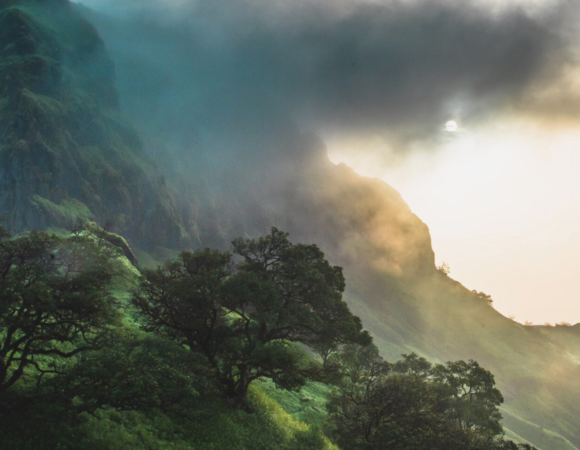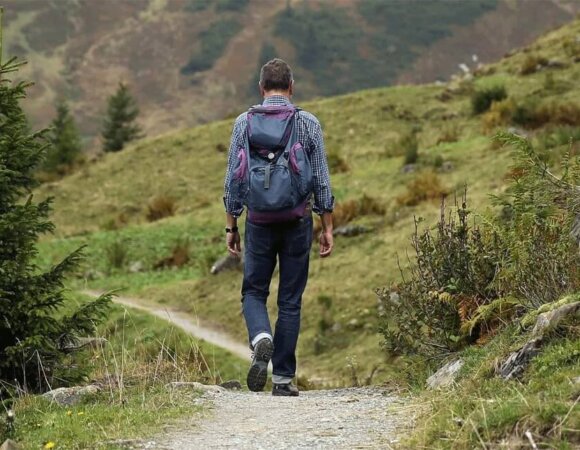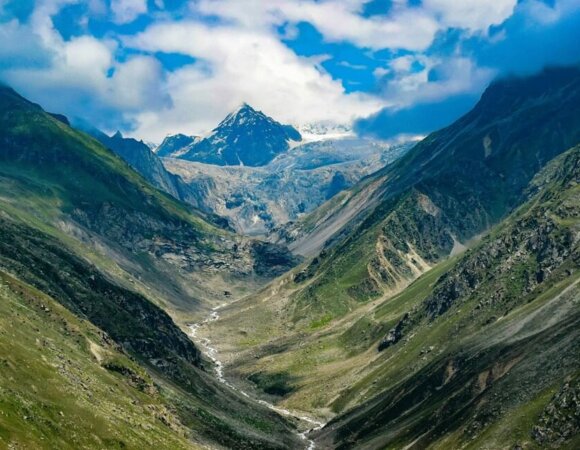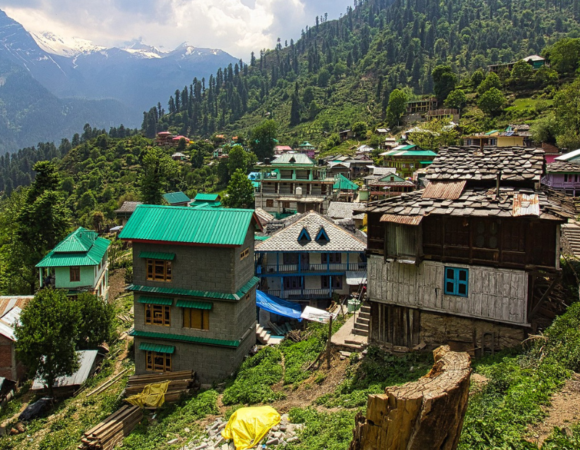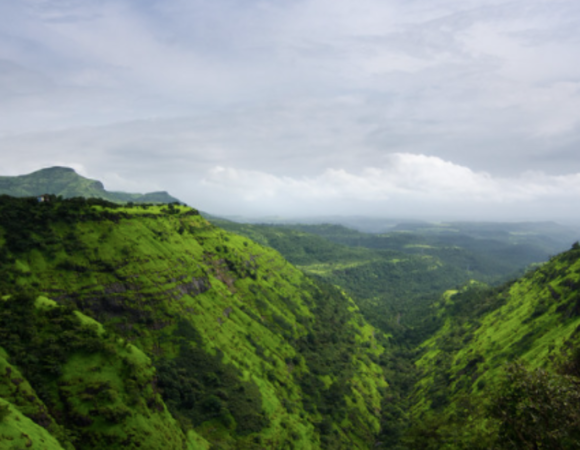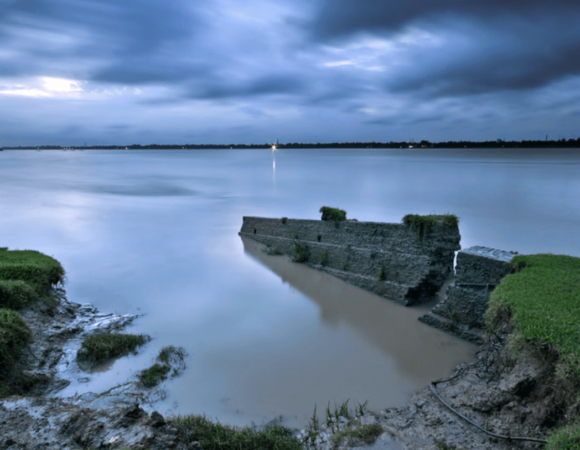Guide to Spiritual Trekking: Benefits, Tips, Destinations, and How to Plan It
Spiritual trekking combines the physical challenge of hiking with mindful exploration of sacred places, offering profound personal transformation and inner peace. This comprehensive guide explores the benefits, tips, and Indian destinations for spiritual journeys.
Table of Contents
ToggleWhat is Spiritual Trekking
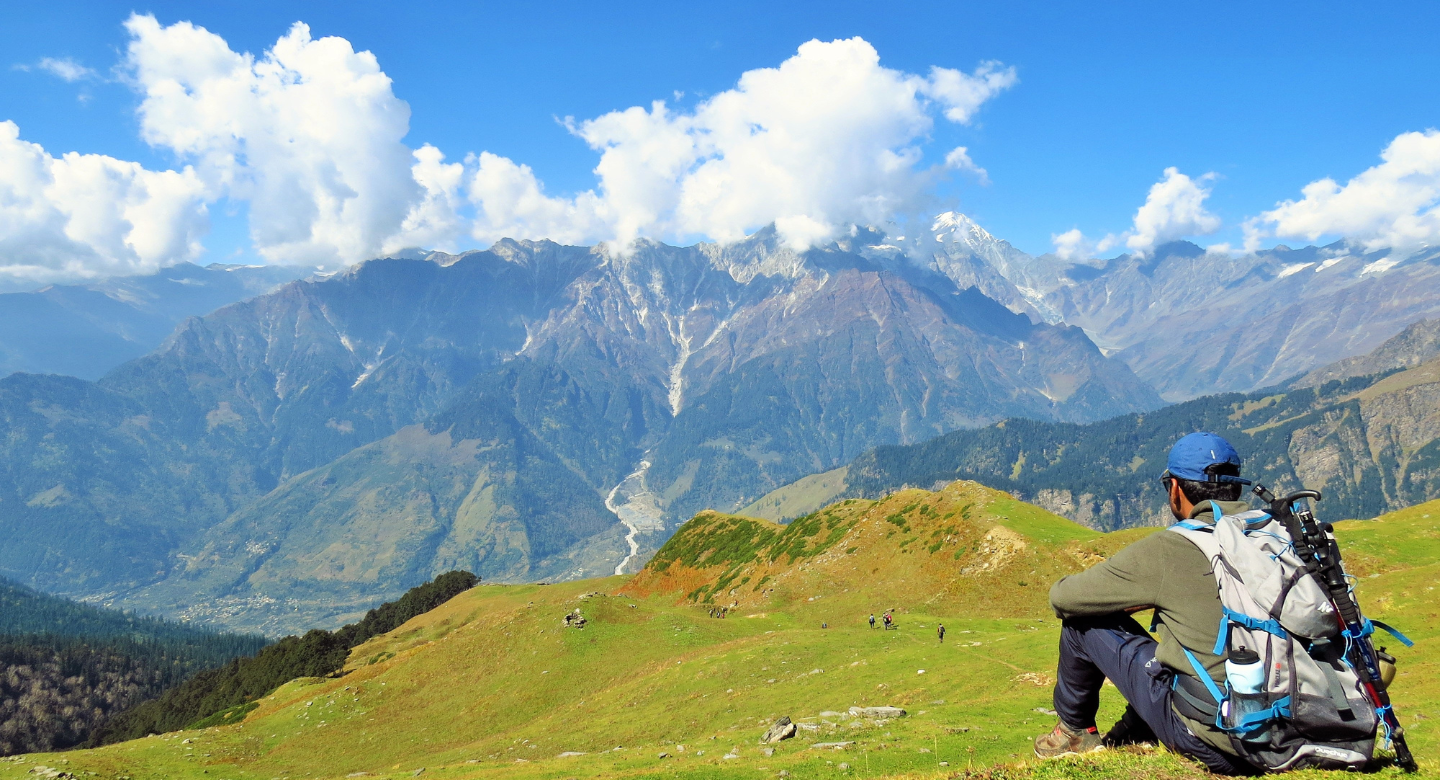
Spiritual trekking goes beyond traditional hiking by incorporating mindfulness, meditation, and a deeper connection with nature and ancient spiritual sites. Unlike regular trekking, which focuses primarily on physical achievement, spiritual trekking emphasizes the journey within as much as the external path.
When you embark on spiritual trekking, you’re not just moving your body through beautiful landscapes. You’re creating space for reflection, contemplation, and personal growth. This practice has roots in many traditions, from Buddhist pilgrimage routes to Native American vision quests.
The essence of spiritual trekking lies in its intention. Every step becomes a form of meditation, and every vista is an opportunity for awe and gratitude. The physical challenges of the trek serve as metaphors for life’s obstacles, teaching resilience and perspective.
Benefits of Spiritual Trekking
Spiritual trekking combines physical activity with a deeper connection to yourself and nature. Here are some of the key benefits that come with hitting the trails on a spiritual journey:
Mental Clarity and Stress Relief
Trekking along peaceful trails can help clear your mind. The simple act of walking, surrounded by nature, reduces stress and anxiety. The fresh air and rhythmic movement work together to boost your mental well-being, helping you feel more at ease and focused.
Deep Connection with Nature

When you trek through forests, mountains, and by rivers, it helps you feel more connected to the world around you. Nature’s beauty encourages feelings of gratitude and mindfulness. The sights, sounds, and smells of nature bring a calming, grounding experience that lets you appreciate the world on a deeper level.
Spiritual Growth and Self-Reflection
Many spiritual trekking paths are linked to religious or mystical significance, offering a chance for self-reflection and personal growth. Trekking in solitude, especially in peaceful mountain settings, provides a quiet space for deep introspection. It’s an opportunity to understand your inner self and reflect on your life’s journey.
Physical Fitness and Endurance

Trekking isn’t just good for the mind; it’s also excellent for the body. Physical activity strengthens your muscles, improves your stamina, and boosts overall fitness. Trekking at higher altitudes even helps improve lung capacity and respiratory health, making it a great workout for your body.
Cultural and Historical Insights
Many spiritual trekking routes pass by ancient temples, monasteries, and sites with historical importance. These paths offer a chance to learn about different cultures, traditions, and philosophies that have shaped the areas. Along the way, you get to explore and connect with the rich history and diverse beliefs of the region.
Top Tips for Spiritual Trek
If you’re planning a spiritual trek, here are some helpful tips to make the experience more enriching:
Choose the Right Destination
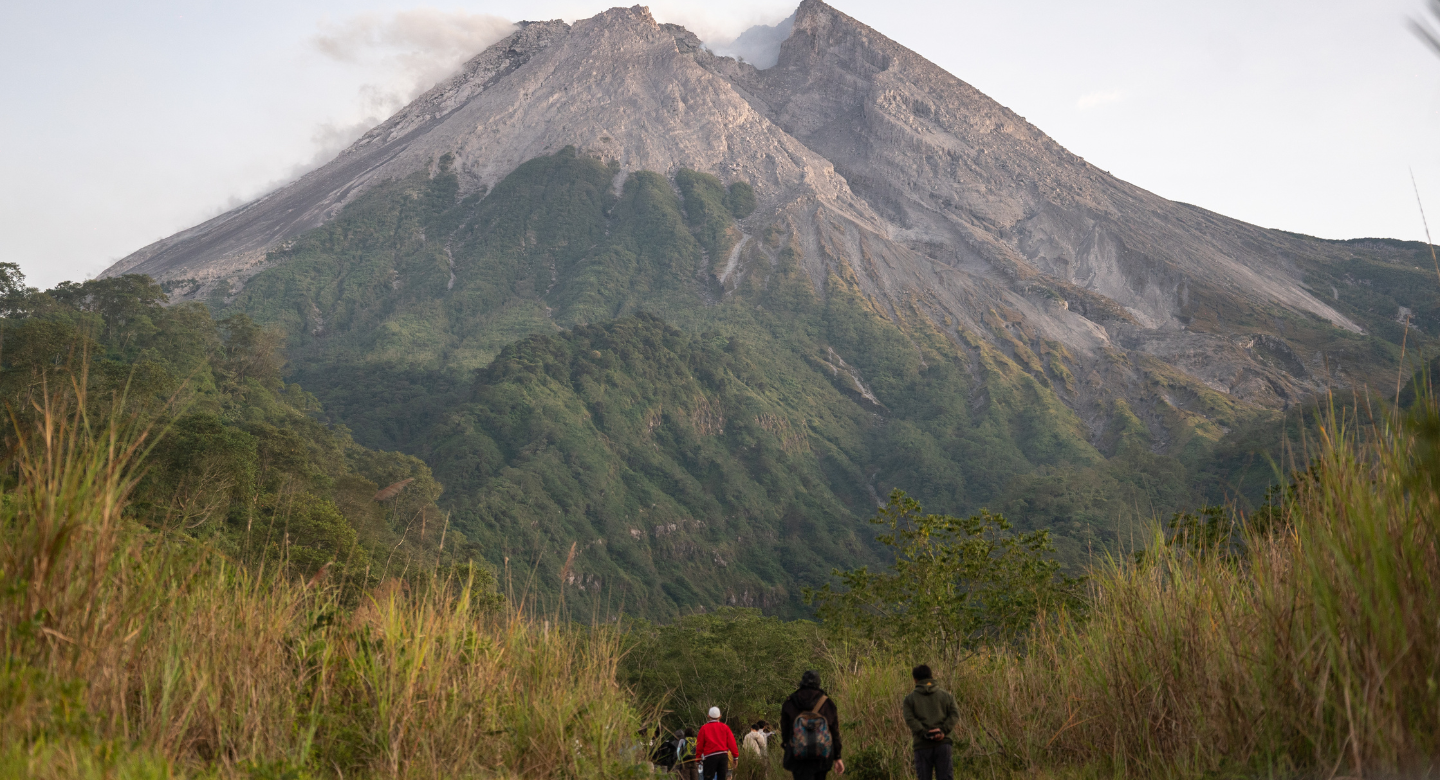
It’s important to choose a trekking destination that resonates with your spiritual beliefs and suits your fitness level. Do some research to learn about the place’s spiritual, cultural, and historical significance. This way, you can select a location that truly aligns with your journey.
Pack Mindfully
When it comes to packing, less is more. Only bring the essentials to keep your backpack light and comfortable. In addition to your regular trekking gear, consider packing spiritual items like a journal, prayer beads, or sacred texts to support your inner journey during the trek.
Follow a Healthy Diet
To maintain energy throughout your trek, it’s important to eat nutritious food. Opt for whole, natural foods, and avoid processed snacks. Also, stay hydrated by drinking plenty of water, as trekking can be physically demanding, especially in remote or high-altitude areas.
Respect Local Traditions

As you travel through different regions, be mindful of the local customs and traditions. Dress modestly and respectfully, and follow the cultural norms of the area. It’s also important to respect the sacredness of spiritual sites by keeping them clean and free from litter.
Practice Meditation and Mindfulness
Take time to pause and meditate during your breaks. This can help you center your thoughts and connect with the energy of your surroundings. Practicing mindfulness while trekking will allow you to fully absorb the beauty, peace, and spiritual significance of the places you visit
Best Spiritual Trekking Destinations in India
1. Kedarnath Trek (Uttarakhand)

The Kedarnath Trek is one of the most revered spiritual journeys in India, leading to the Kedarnath Temple, which is one of the twelve Jyotirlingas of Lord Shiva. Nestled in the majestic Himalayas, this trek offers stunning views of snow-capped peaks and lush valleys. The trek is moderately challenging, making it suitable for both seasoned trekkers and those with average fitness levels. The path is a blend of natural beauty and spiritual significance, with pilgrims finding solace in the serene surroundings as they ascend toward the sacred temple. A visit to Kedarnath is not just a physical journey but a deeply spiritual experience that connects trekkers to the divine.
| Altitude | 3,580 meters (11,745 feet) |
| Distance | 16 km (one way) |
| Duration | 2-3 days |
| Grade | Moderate |
| Best Time | May to June, September to October |
2. Amarnath Yatra (Jammu & Kashmir)

The Amarnath Yatra is a sacred pilgrimage that takes trekkers to the famous Amarnath Cave, where a naturally formed ice Shiva Linga appears each year. This challenging trek, which takes you through some of the most rugged terrains, is not only a physical test but also a spiritual one. For devotees of Lord Shiva, reaching the Amarnath Cave is considered a once-in-a-lifetime experience that brings blessings and inner peace. The journey, especially during the full moon, is filled with devotion, devotion, and moments of quiet reflection. It’s a tough but incredibly rewarding trek for those seeking spiritual awakening in the heart of the Himalayas.
| Altitude | 3,888 meters (12,756 feet) |
| Distance | 14 km (one way) |
| Duration | 5-7 days |
| Grade | Challenging |
| Best Time | July to August (during the full moon) |
3. Vaishno Devi Trek (Jammu & Kashmir)

The Vaishno Devi Trek is one of India’s most famous pilgrimage routes, attracting millions of devotees every year. Located in the Trikuta Mountains, the trek leads to the holy shrine of Goddess Vaishno Devi, a deity revered by millions. The 12 km path, though busy and well-maintained, provides trekkers with a unique chance to combine physical exertion with deep spiritual connection. The trek is accessible to people of various ages and fitness levels, making it a popular choice for pilgrims looking to seek blessings from the goddess. The atmosphere is vibrant with devotion, making the trek an unforgettable spiritual experience.
| Altitude | 1,584 meters (5,200 feet) |
| Distance | 12 km (one way) |
| Duration | 1-2 days |
| Grade | Easy to Moderate |
| Best Time | March to October |
4.Hemkund Sahib Trek (Uttarakhand)

The Hemkund Sahib Trek takes you to one of the most revered Sikh pilgrimage sites, Hemkund Sahib, located high in the Himalayan mountains. The site, surrounded by the beautiful Valley of Flowers, is where Guru Gobind Singh, the tenth Sikh Guru, is believed to have meditated. The trek itself is steep but offers rewarding views of alpine meadows, snow-clad peaks, and crystal-clear lakes. As you ascend, the tranquility of the place creates an atmosphere of inner peace, making it a spiritual journey for reflection and prayer. Hemkund Sahib is a place where spirituality and nature harmoniously blend, offering a profound experience for pilgrims.
| Altitude | 4,632 meters (15,197 feet) |
| Distance | 6 km (one way) |
| Duration | 2-3 days |
| Grade | Moderate to Challenging |
| Best Time | June to September |
5. Parvati Valley Trek (Himachal Pradesh)
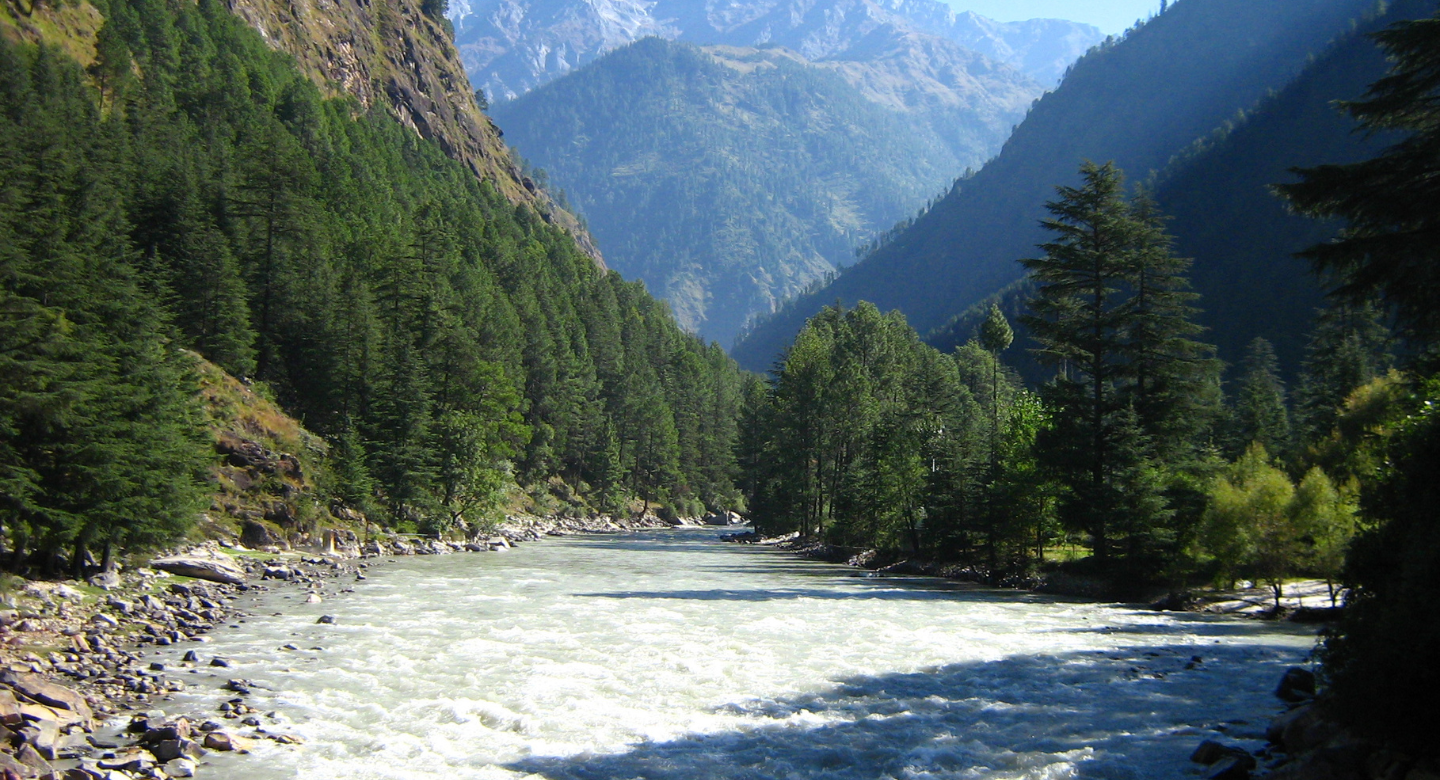
The Parvati Valley Trek is a serene journey through one of Himachal Pradesh’s most picturesque valleys, known for its calm beauty and spiritual energy. The trek passes through dense forests, rivers, and meadows, and is home to several yoga retreats and meditation centers, making it a popular destination for spiritual seekers. The Parvati Valley’s peaceful vibe offers trekkers the opportunity to slow down, connect with nature, and immerse themselves in mindfulness. This trek is not as physically demanding as some others, but it provides an enriching experience, with breathtaking views and a sense of tranquility that is perfect for those seeking both adventure and spiritual growth.
| Altitude | 2,400 meters (7,874 feet) |
| Distance | 15-20 km (depending on the route) |
| Duration | 3-4 days |
| Grade | Moderate |
| Best Time | May to October |
How to Plan a Spiritual Trekking Journey
Planning a spiritual trek involves a mix of physical preparation, mindful choices, and respecting the environment. Here’s a step-by-step guide to help you get started:
Step 1: Select Your Trekking Route
Choose a destination that aligns with your spiritual goals and matches your fitness level. Whether you’re seeking tranquility in nature or exploring a place of deep spiritual significance, make sure the trek suits you. Also, consider factors like weather conditions, altitude, and the difficulty level of the trek. Researching beforehand will help you pick the right route.
Step 2: Prepare Physically and Mentally
Start preparing for the physical challenges of trekking by incorporating cardio and strength training into your routine. It’s also important to prepare mentally—practice meditation and breathwork exercises to build your focus and inner calm. A balanced approach to physical and mental preparation will help you enjoy the journey and stay grounded during the trek.
Step 3: Gather the Right Gear
The right gear is crucial for comfort and safety. Make sure you have sturdy, comfortable trekking shoes, layered clothing for changing weather conditions, and rain gear just in case. Don’t forget essential items like a first-aid kit, flashlight, and biodegradable toiletries to keep your journey safe and eco-friendly.
Step 4: Plan Your Accommodation and Permits
Certain treks may require special permits, so be sure to check the regulations in advance. Popular trekking destinations can get busy, so it’s wise to book accommodations early, especially during peak seasons. Planning will ensure you have a smooth and stress-free experience.
Step 5: Travel Sustainably
Respect the environment and local communities by following ‘Leave No Trace’ principles. This means cleaning up after yourself and avoiding practices that harm the landscape. Support local communities by choosing eco-friendly accommodations and guides who prioritize sustainability. Your choices will help preserve the beauty and culture of the places you visit.
Conclusion on Guide to Spiritual Trekking: Benefits, Tips, Destinations, and How to Plan It
Spiritual trekking offers a powerful path to self-discovery and connection. By combining a physical journey with mindful presence, these experiences transform both the traveler and their relationship with the world. The benefits of spiritual trekking extend far beyond the trail, influencing daily life and perspective.
Whether you’re drawn to ancient Himalayan pilgrimage routes or coastal meditative paths, India offers countless opportunities for meaningful spiritual trekking. The key lies in approaching these journeys with intention, respect, and openness.
As you plan your spiritual trekking adventure, remember that the external journey mirrors an internal one. Each step becomes a meditation, each vista an opportunity for awe. The physical challenges encountered become metaphors for life’s obstacles, teaching resilience and perspective.
The practice of spiritual trekking reminds us that sometimes we must walk away from our ordinary lives to find our way back to ourselves. In the silence of ancient paths and the wisdom of sacred places, we rediscover what truly matters.
Explore More Such Content:
9 Must-Visit Places for Spiritual Trekking Adventures in India • Scoutripper
Guide to Social Trekking: Benefits, Tips, Destinations, and How to Plan It
Guide to Weekend Trekking: Benefits, Tips, Destinations, and How to Plan It
Guide to Photography Trekking: Benefits, Tips, Destinations, and How to Plan It
Frequently Asked Questions (FAQs) on Guide to Spiritual Trekking: Benefits, Tips, Destinations, and How to Plan It
What is spiritual trekking?
Spiritual trekking is a unique blend of physical trekking and a deep spiritual journey. It involves trekking through natural landscapes, often to sacred or spiritual sites, where trekkers can engage in self-reflection, meditation, and mindfulness. These treks provide a chance to connect with nature, explore ancient traditions, and find peace within oneself. The journey isn’t just about reaching a destination; it’s about experiencing the profound energy of the surroundings and discovering deeper meaning in the process of walking through them.
What are the benefits of spiritual trekking?
Spiritual trekking offers several benefits, both physical and mental. It helps reduce stress and promote mental clarity by immersing trekkers in serene natural settings, which allow for introspection and mindfulness. The rhythmic movement of walking can also enhance mental well-being. On a deeper level, spiritual trekking fosters a sense of connection with nature, which can inspire gratitude and peace. Additionally, many treks pass through places of religious significance, providing opportunities for spiritual growth. On the physical side, trekking helps improve fitness by strengthening muscles, improving stamina, and enhancing lung capacity, especially in high-altitude regions. It’s an experience that nurtures both the body and soul.
How do I choose the right destination for spiritual trekking?
Choosing the right destination for spiritual trekking requires consideration of both your spiritual goals and physical fitness level. Each trekking route has its own unique spiritual significance, whether it’s a site of religious importance or an area known for its peaceful and healing energy. It’s important to select a destination that resonates with your personal beliefs, whether you’re looking for a place to meditate, reflect, or simply enjoy nature. Additionally, consider the difficulty level of the trek, the weather conditions, and the altitude to ensure that you choose a route that matches your abilities and comfort. Researching the cultural and historical aspects of the destination can also enhance the experience, as it allows you to engage more deeply with the place.
How should I prepare for a spiritual trek?
Preparation for a spiritual trek should involve both physical and mental preparation. On the physical side, start a fitness routine that includes cardio, strength training, and flexibility exercises to ensure you’re physically ready for the trek. It’s also crucial to practice walking on varied terrain to mimic the conditions you’ll encounter. Mentally, engage in mindfulness or meditation practices to help you stay focused and grounded during the journey. Preparing yourself to embrace the trek as a spiritual experience will help you approach it with a calm and open mind. Additionally, packing wisely is key. Bring only essential gear, but make sure you have comfortable trekking shoes, layered clothing, spiritual items like a journal or prayer beads, and basic first-aid supplies.
What are the essential items to pack for a spiritual trek?
When preparing for a spiritual trek, it’s important to pack light but thoughtfully. Essential items include comfortable trekking shoes that can handle various terrains, layered clothing to adapt to changing weather conditions, and rain gear to stay dry. A small backpack is useful, but make sure to pack wisely. It’s also essential to bring a first-aid kit, a flashlight, a water bottle, and biodegradable toiletries to minimize environmental impact. Spiritual items, such as a journal for reflection, prayer beads, or sacred texts, can also enhance the experience and help maintain a sense of spiritual focus throughout the journey. Don’t forget to carry some nutritious snacks like nuts or energy bars to keep your energy up during the trek.
How challenging are spiritual treks?
The difficulty of spiritual treks varies greatly depending on the destination. Some treks, like the Vaishno Devi Trek, are well-maintained and accessible to people of all fitness levels, making them relatively easy. Others, such as the Amarnath Yatra, involve rugged terrains and high altitudes, which can make them quite challenging both physically and mentally. These treks can push you to your limits, requiring endurance and strength. It’s important to choose a trek that aligns with your physical capabilities. Researching the trek beforehand and understanding its difficulty level will help ensure that you’re adequately prepared for the experience.
When is the best time to go on a spiritual trek?
The best time to go on a spiritual trek depends on the specific destination and the kind of experience you’re looking for. For many treks, such as the Kedarnath Trek and Hemkund Sahib Trek, the ideal months are May to June and September to October when the weather is more favorable and the paths are less crowded. The Amarnath Yatra is best undertaken during July and August, when the ice Shiva Linga is visible in the Amarnath Cave. The Parvati Valley Trek and Vaishno Devi Trek are most enjoyable during March to October, offering pleasant weather and clear skies. However, be sure to check local conditions for any specific requirements or restrictions before planning your trek.
How do I travel sustainably while trekking?
Sustainable travel is a key aspect of spiritual trekking. To minimize your environmental impact, follow ‘Leave No Trace’ principles, which encourage trekkers to clean up after themselves and avoid disturbing the natural environment. Carry biodegradable toiletries and avoid plastic waste by using reusable water bottles and containers. Supporting local communities is also a form of sustainable travel—choose eco-friendly accommodations and hire local guides to support the region’s economy. Additionally, be mindful of local customs and traditions, respecting the sacredness of spiritual sites by dressing modestly and behaving respectfully.
What is the best way to mentally prepare for a spiritual trek?
Mental preparation for a spiritual trek involves developing a focused, peaceful mindset. Practicing meditation or breathwork exercises before your journey can help you center your thoughts and stay calm during the trek. You may also want to set an intention for your journey, whether it’s to connect with nature, gain insight into your life, or simply enjoy the peace of solitude. The trek itself can be both physically demanding and spiritually transformative, so entering it with a clear and calm mind can help you embrace the experience fully and allow the spiritual elements of the journey to unfold.
Can spiritual trekking be a solo experience?
Yes, spiritual trekking can certainly be a solo experience. Many trekkers choose to go on spiritual treks alone to deepen their connection with nature and their own spiritual journey. Trekking solo offers a unique opportunity for self-reflection and solitude, allowing you to focus fully on the journey without distractions. However, if you choose to go solo, make sure to plan thoroughly—inform someone of your itinerary, carry a map, and be prepared for potential challenges. Also, always ensure that you’re trekking in a safe and accessible area, especially in remote regions or high-altitude treks.
What are some top destinations for spiritual trekking in India?
India offers a wide variety of destinations for spiritual trekking, each with its own unique spiritual and natural significance. The Kedarnath Trek takes you to one of Lord Shiva’s sacred Jyotirlingas, offering stunning views of the Himalayas. The Amarnath Yatra is a pilgrimage to the Amarnath Cave, where a naturally-formed ice Shiva Linga appears each year. The Vaishno Devi Trek is a popular pilgrimage that leads to the shrine of Goddess Vaishno Devi. The Hemkund Sahib Trek takes you to a revered Sikh pilgrimage site surrounded by breathtaking mountain scenery, while the Parvati Valley Trek offers a peaceful experience through a serene valley, perfect for yoga and meditation. These destinations provide a rich combination of spiritual significance and natural beauty.


